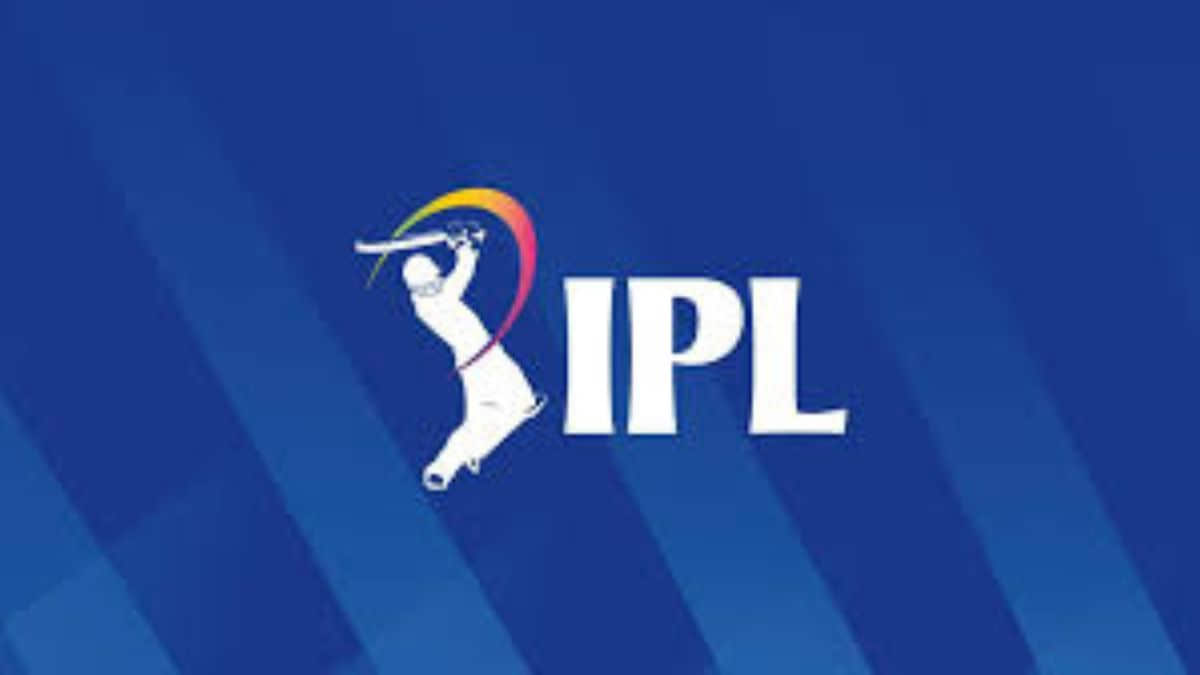 Image Credit: facebook.com/IPL 2023
Image Credit: facebook.com/IPL 2023
The IPL, which features Bollywood actors, transformed the country’s cricket league by turning a drawn-out “gentlemen’s game” into an exciting three-hour sports drama. Cricket is currently played and appreciated in a completely new way than in any other cricket game because of a new market segment called “cricketainment.” Audiences who had previously shunned or disapproved of the traditional version of the game suddenly became extremely interested in it.
Twenty20 Cricket is a Fast-Paced Game:
A new cricket format was introduced in England in 2003, giving fans a quick-paced alternative to the longer, more conventional types of the game. Since each Twenty20 cricket match lasts three hours, it is more suitable for television. Cricket in the Twenty20 format is a quicker, more competitive game than test and one-day cricket. There are only twenty out of the 120 balls available for each team to score runs. Twenty20 is currently wildly popular; 76% of cricket watchers prefer Twenty20 to test- and one-day cricket, which was first shunned by conventional cricket fans for damaging the tradition and flair of the game. To play in the IPL, the BCCI adopted this game structure.
The Actual Purpose and Basis:
Following India’s success at the 2007 World Cup T20, the BCCI launched the Indian Premier League, a game-series Twenty20 cricket league, on September 13. The first season was supposed to premiere in April 2008 in New Delhi during a “high-profile ceremony.” The top two clubs in the IPL would compete for that year’s Championship Twenty20, and the IPL would be governed by a seven-member board comprised of prior India players and BCCI executives.
The Evolution of IPL:
Cricket is massive in India and widely popular elsewhere in the nations that comprise the British Commonwealth of Nations while being relatively obscure in some areas of the world (formerly part of British territory). The league draws international players from all over the world and is unquestionably the cricket event that receives the greatest attention worldwide in terms of both live attendance and foreign spectators.
The IPL was created, according to Lalit Modi, its founder, and inaugural chairman, to draw a whole young generation of sports enthusiasts to stadiums across the nation. According to Modi, the exciting T20 format is intended to draw a youthful fan base, which also comprises women and kids.
The IPL’s Economic Impact on India:
IPL provides employment opportunities for thousands of Indians. This includes lucrative careers in sports-related fields like physical therapy and coaching teams, as well as jobs associated with stadiums like stewarding. In turn, the requirement to link employers and job seekers generates support work for businesses in the recruiting industry.
The rivalry for programming and streaming rights has only become stronger as a result of the league’s success. Mukesh Ambani, the richest man in Asia, owns Reliance Industries Limited, which recently forked over a huge premium (US$3.04 billion) to purchase the digital rights to the IPL for its affiliate Viacom 18. The exclusive TV rights cost $3.02 billion and were purchased by Disney-owned Star Sports India. The first IPL season was more than a success. For the first season, Indian viewers exceeded 200 million. Half of the Indian households with satellite or cable TV watched the IPL during the semifinal and championship games.




